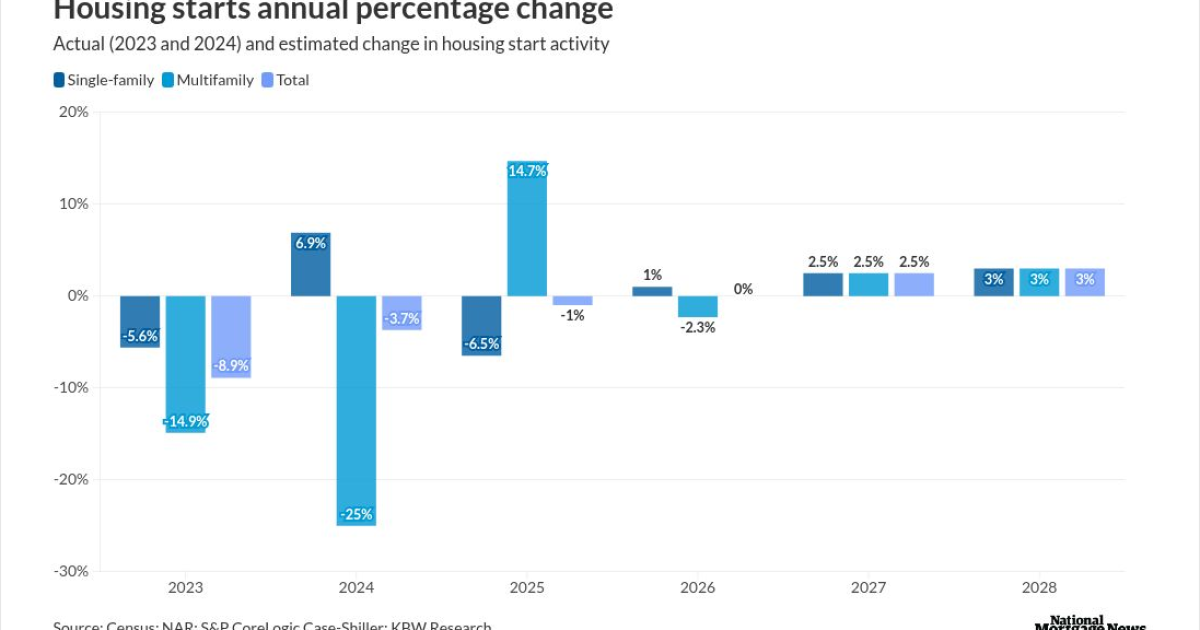
Issuers with a portfolio of $50 billion or more at the end of 2024 will need to have the new recovery plans in place by June 30, 2025, according to the Department of Housing and Urban Development agency.
The plans must include information on corporate structure, information systems, and business continuity plans that could come into play if an issuer had to unwind its MBS portfolio, with all information kept confidential. Plans will need to be updated every two years or if there is a material change.
The move is one of many may help address nonbank liquidity risks that were highlighted in
"There are multiple ways to fix those problems," Valverde said. "These are issues that are solvable."
While some industry groups have
The management of Ginnie's nonbank liquidity risks has been viewed as a priority because mortgage servicers have more responsibility for advancing funds on behalf of delinquent borrowers than their counterparts in the government-sponsored enterprise market.
The FSOC report called for congressional action to grant greater authorities for both Ginnie and the enterprises. A portion of the study that recommended the agency expand a last-resort liquidity facility has received a lot of attention.
When Naa Awaa Tagoe, deputy director of the FHFA, was asked in a separate session about whether she thought the Ginnie initiative and that agency's should be a priority in efforts to manage nonbank risks, she said it would "certainly be helpful."
Like Valverde, she said multiple actions are needed.
The FHFA official also indicated that increased coordination with Ginnie has been helpful on issues like
Ginnie also is considering
He referred to
In addition to servicers' advancing exposures, other risks Ginnie keeps working to address include the Federal Reserve's shrinking presence as a buyer in the MBS market, Valverde said. Ginnie's recent outreach to Latin American investors, who are engaging as other foreign investors have pulled back, could help with this, he said.
Ginnie is also keeping an eye on a new pickup in prepayments for MBS containing loans with Department of Veterans Affairs guarantees, which it
While the development has raised some industry concerns about a crackdown on excessive refinancing, Valverde indicated that it appears contained to recent originations in the small part of the market with relatively higher rates.
"It could be organically borrower-driven," he said.



